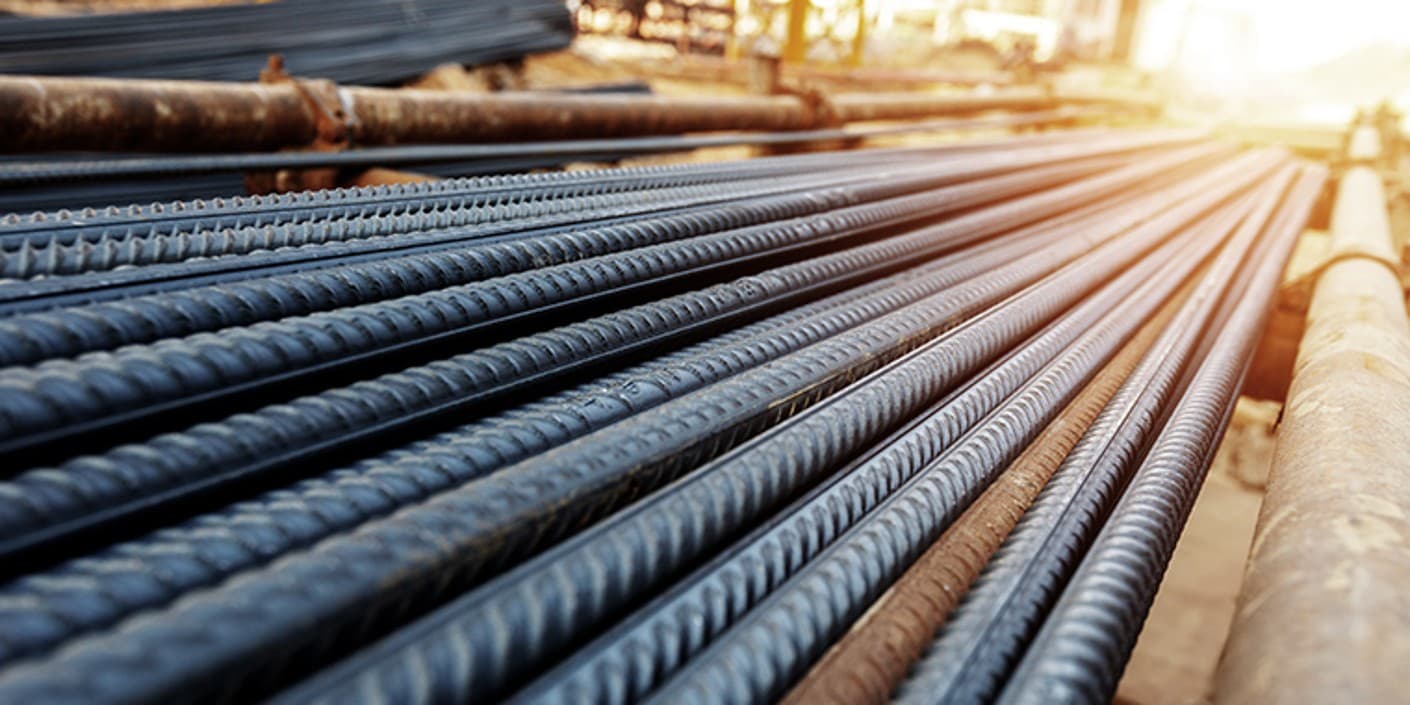The Landscape of Steel EPDs in Australia
In Australia, steel product EPDs are gaining traction as industry stakeholders push for greater transparency in material selection. As of 2024, there are 73 steel EPDs published in Australia, covering 272 products. These EPDs primarily focus on structural steel, steel cladding, and steel reinforcement.
So far, 19 steel suppliers have published EPDs for their products in Australia. Below we briefly introduce three steel suppliers with the highest number of published EPDs:
BlueScope Steel – A major producer of flat steel products, BlueScope has developed 53 EPDs, more than all other suppliers combined. Its flagship products include COLORBOND®, ZINCALUME®, and XLERPLATE® steel.
InfraBuild (formerly OneSteel) – A leading steel reinforcement supplier, InfraBuild has extensively published EPDs for reinforcement bar and mesh, contributing to transparency in structural reinforcement materials.
Liberty Steel – Part of the GFG Alliance, Liberty Steel has EPDs available for its structural sections and rail products, supporting sustainable infrastructure development.

Adoption of Steel EPDs in Australia
The use of steel EPDs has increased rapidly in recent years, particularly in infrastructure and commercial projects, as the construction sector accelerates its decarbonisation efforts. Key drivers of this trend include:
Green Building Certifications – Sustainability rating systems like Green Star and Infrastructure Sustainability (IS) Ratings promote the use of EPDs to support life cycle assessment (LCA) and embodied carbon benchmarking.
Government and Industry Procurement – With tighter regulations and sustainability commitments, public sector projects increasingly require EPDs for emissions transparency and sustainability reporting.
Corporate Sustainability Goals – Developers and contractors leverage EPD data to compare steel products and optimise material choices for lower embodied carbon, aligning with their net-zero targets.
Mandatory Scope 3 Reporting – Large companies are now required to disclose supply chain emissions, making EPDs a crucial tool for capturing and reporting embodied carbon data.

Challenges in Steel EPD Adoption
Despite growing momentum, several key challenges remain for steel EPD adoption in Australia:
Imported vs. Domestic Steel – Australia is heavily reliant on imported steel, yet many overseas suppliers lack locally relevant EPDs. This makes it difficult to assess and compare the environmental impact of imported versus domestic steel.
Cost and Complexity – Developing an EPD requires a significant investment in life cycle assessment (LCA) studies and third-party verification. This can be a barrier for smaller suppliers, particularly international manufacturers who may not see Australia as a priority market.
Low-Carbon Steel Underweight – Despite the growing number of steel EPDs in Australia, the share of low-carbon steel product remains modest. Electric Arc Furnace (EAF) technology, which produces lower-emission steel, accounts for only 27% of Australia's crude steel production—significantly lower than the EU (45%) and the US (68%).
Market Awareness and Education – Many industry professionals are still unfamiliar with EPDs or how to effectively integrate them into procurement and design decisions. The industry requires clearer policy guidance, standardised methodologies, and comprehensive training to facilitate widespread adoption.
Conclusion
Steel product EPDs are becoming an essential tool in Australia’s transition to low-carbon construction. While adoption is increasing, challenges related to EPD availability, costly LCA and verification processes, and market education must be addressed to unlock the full potential of EPDs. Moving forward, industry collaboration, clearer benchmarks, and stronger policy incentives will be key to advancing the role of EPDs in steel industry.



